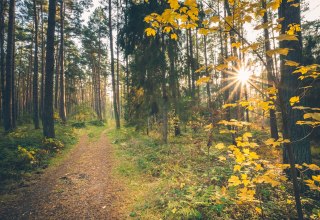„If you are lucky enough to live on Münchgut, you have to be committed to it.“ It was Ruth Bahls who is credited with this quote. The captain's daughter, teacher and honorary citizen of Münchgut lived by it all her life. In 1963, she founded the Mönchgut local history museum in Göhren. She, who, unmarried, always insisted on the form of address „Fräulein Bahls“, brought together much of what can today be described as the foundation of the museum in the former farmer, fisherman and pilot house built in 1850 on Göhrener Strandstraße.
Just in time for its 60th anniversary, the local history museum in Göhren was reopened after extensive modernization. The museum's message is: We bring together the past and future of our homeland.










































